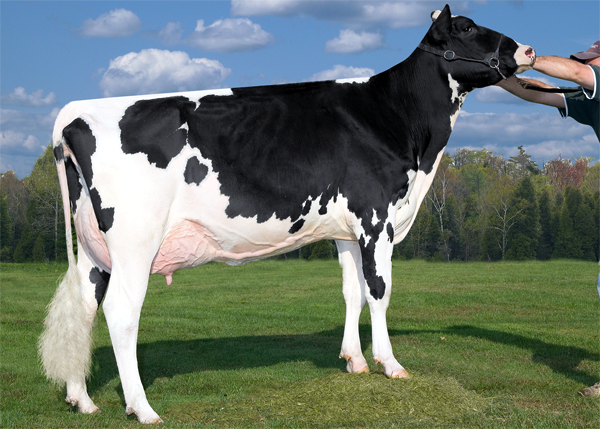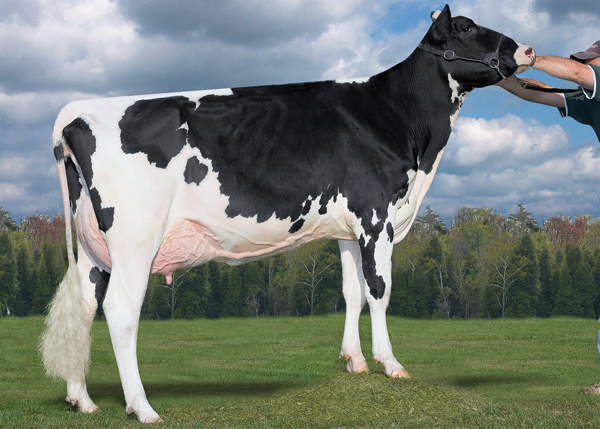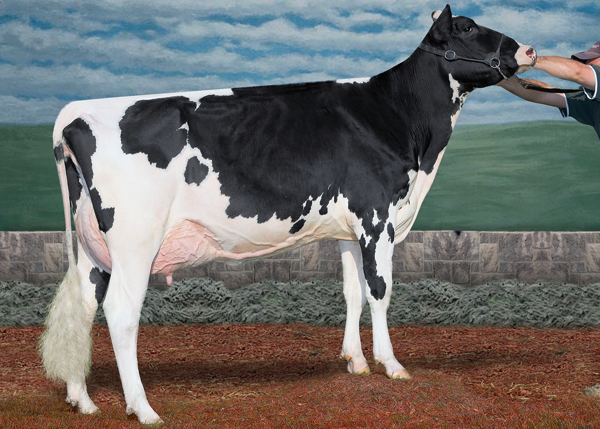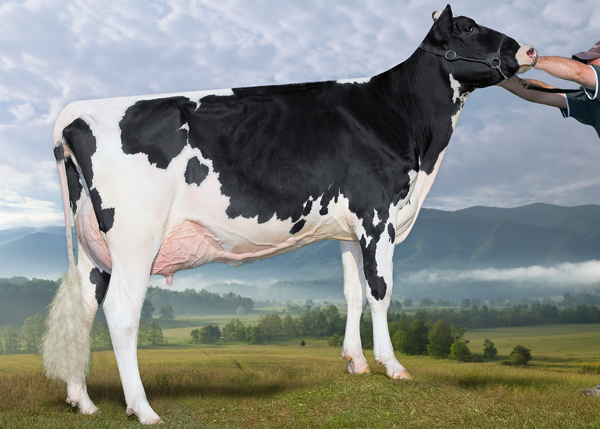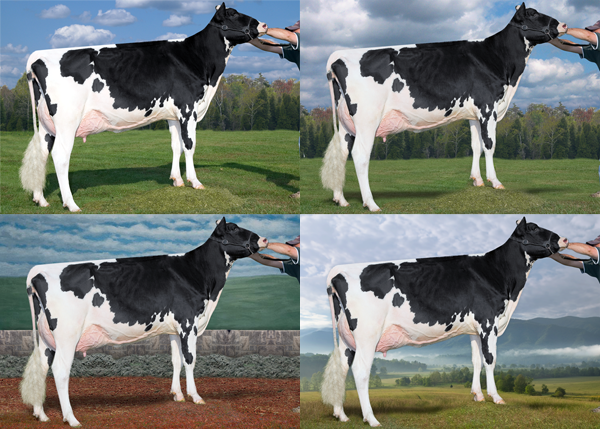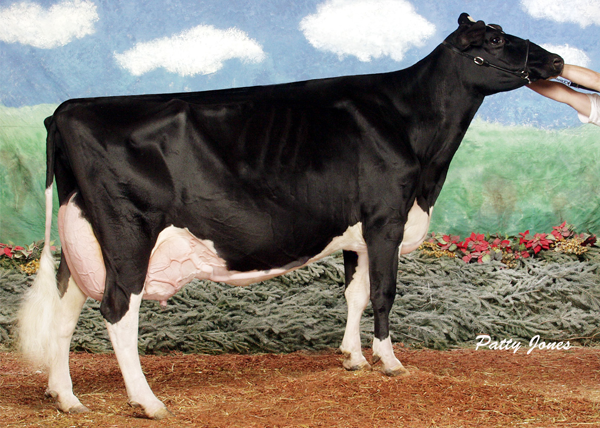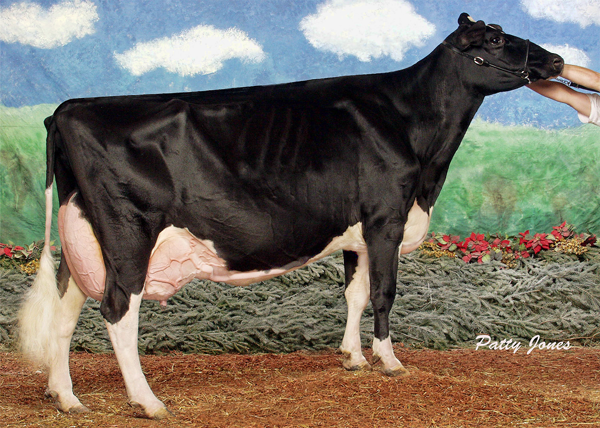Discover how dairy farmers can break through the noise and share their unique stories. Learn effective strategies to stand out in the industry. Are you ready to tell your story?
In the dynamic ecosystem of agriculture, dairy farmers often find themselves facing the daunting challenge of setting themselves apart. The market is extensively saturated with large-scale operations that overshadow smaller, yet equally hardworking, dairy farmer narratives. The essence of these narratives lies in their singularity. The diligent hard work of small to medium-sized dairy farms, the authenticity of their production methods, and the heartfelt dedication to providing quality products are all narratives that consumers yearn to connect with properly. This connection is what instills loyalty, enhancing the appeal of one’s brand even in a market brimming with competitors. In this article, we aim to explore a multitude of practical strategies that dairy farmers can employ to break through the noise, communicate their narratives effectively, and truly resonate with their target audience.
Embracing Authenticity in Storytelling
In the bustling world of agriculture, dairy farmers often seek effective ways to break through the noise and share their unique stories. Embracing authenticity in storytelling is an impressive method that can help enhance the image of their farms, win public goodwill and patronage. Below are three fundamental areas you can effectively utilize to narrate your authentic story and connect with your target audience:
- Highlighting Farming Practices: The contemporary consumer increasingly values transparency and sustainability in their food sources. You can use this to your advantage by sharing the unique aspects of your dairy farming practices. Discuss your methods of sustainable farming, standards of animal welfare, and use of organic practices. Explicitly communicating what makes these practices unique and beneficial can help you attract an audience who are eager to support environmentally-friendly and ethically-responsible businesses.
- Family Tradition and History: Many dairy farms are bedecked with rich histories and have been kept within the family for several generations. Sharing these unique stories of your ancestry, hard work, and milestones can create a powerful emotional connection with consumers. The audience often appreciate supporting businesses with deep roots and traditional values.
- Community Involvement: Community-focused narratives also prove effective at enhancing a farm’s image. Whether you’re participating in local farmers’ markets, contributing to food banks, or hosting educational farm tours, showcasing these activities can highlight your farm’s role and valuable contribution to the local community.
By creatively utilizing these instrumental storytelling elements, you can successfully convey the passion, commitment, and values that form the bedrock of your dairy farming operations.
Mastering Your Social Media Presence
In this digital age, dairy farmers can’t afford to ignore the power of social media for communicating their unique stories and breaking through the noise. With the right approach, these platforms can serve as powerful tools to engage consumers and build strong, loyal communities.
Effective Social Media Strategies
Here are key strategies to make the most out of social media:
- Regular Updates and Engagements: Instagram, Facebook, and Twitter offer farmers a plethora of tools to reach a broad base of consumers. Share regular updates, photos, and videos to offer a glimpse of your daily operation, special events, or even just your behind-the-scenes moments. This keeps your followers intrigued and excited about what’s happening on the farm.
- Leveraging Story Features and Live Sessions: Platforms dear to the younger generation – like Instagram Stories and Facebook Live – offer a golden opportunity to interact with your audience in real time. These features can drastically enhance engagement as you respond to queries, share live updates, and provide a more authentic peek into your farm life.
- Collaboration and Influencer Partnerships: Consider partnering with food bloggers, local chefs, influencers who share your farm’s values or anyone else who can broaden your reach and enhance credibility. These partnerships can showcase your dairy products to their audience and serve as social proof of your product quality.
In these fast-paced times, those who master the rhythm of dynamic social media conversations will shine brightest, their stories echoing above the din. Remember, it’s all about building meaningful relationships, telling compelling stories, and staying true to your brand.
Creating Engaging Content
Now, let’s dive into the specifics of creating engaging content. For dairy farmers, content creation relies predominantly on three primary elements: blogging and newsletters, video content, and educational content.
- Delving into Blogging and Newsletters
Keeping the audience in the loop about farm operations, initiatives, and the people driving the mission is essential. By maintaining a blog or sending out a regular newsletter, you provide a platform for more in-depth storytelling about your farm, its practices, and its products. You may choose to share posts featuring wholesome recipes using your produce, farming tips, or updates on sustainable initiatives you’re implementing. Remember, each post contributes to your engaging narrative, and sharing personal stories of the people behind the farm will bring relativity and a sense of connection for the readers. - Visual Storytelling Through Video Content
As the saying goes, ‘seeing is believing.’ In today’s digital age, videos are a powerful storytelling tool. Create short documentaries about your farm, present the day-to-day life in engaging visuals, or even create intimate interview videos with your family members or workers. These videos offer an authentic glimpse into your farm operations, weaving a rich tapestry of experiences that your audience can vicariously live through. This form of content can potentially engage your audience on a deeper level, making your farm, its stories, and its produce incredibly real and impactful for your audience. - Shaping Perspectives with Educational Content
In the demanding dairy industry, enlightening your audience about your products, their benefits, and the process behind their creation can position your farm as a knowledgeable authority. From the benefits of organic milk to the intricate process of cheese-making, your educational content pieces serve a dual purpose. They give your customers the knowledge they seek, instilling trust in your brand, while seamlessly narrating your farm’s unique tale. By continually educating your customers, you’re also subtly reminding them about the superior quality of your products.
Remember, each fragment of content is a chapter in your farm’s grand story. By leveraging these unique content creation strategies, you’re ensuring your story is not just heard, but listened to, remembered, and relished.
Building Deep Connections in Your Community
As a dairy farmer, you’re not just a business owner, but also an integral part of your community. And one effective way to engage your community and build stronger relationships with your consumers is by harnessing the power of events. So, how can you employ this strategy while telling your farm’s unique story? Here are a few engaging ways:
- Farm tours and open houses: Give your community the opportunity to witness your daily operations firsthand. Hosting open houses or farm tours creates a tangible, immersive experience for consumers. From milking demonstrations to cheese-making workshops, or meet-and-greets with farm animals— all these encounters make lasting memories, potentially turning casual visitors into long-term customers.
- Participation in local events: Your presence at local festivals, fairs, and other community events is not just about visibility but also about becoming a familiar part of people’s lives. Showcasing your products directly to your local consumer base gives you not only sales potential but also the chance to tell your farm’s story in a personal and engaging way.
- Specialty sales and seasonal promotions: Keep your offerings fresh and exciting by organizing seasonal promotions or launching exclusive specialty products during holidays. Limited-time offers can create a buzz among your consumer base and anticipation for their next chance to enjoy your farm’s products.
In the midst of all this, remember that these strategies are not just marketing tactics. They’re important opportunities to portray the dedication, hard work, and love that goes into your dairy farming. By sharing these experiences, you’re offering far more than just products. You’re sharing a piece of your life, and building a community that supports and appreciates your efforts.
Leading Dairy Farmers You Should Definitely Follow on Social Media
Here are some top dairy farmers and influencers you might want to follow on social media for insights, tips, and updates on dairy farming:
- Honest Farming – Known for engaging directly with consumers and sharing insightful and educational content about dairy farming on Facebook.
- Dairy Carrie – Offers an authentic look at dairy farming, with a focus on educating the public about farming practices.
- NY Farm Girls – Three sisters who use Instagram to debunk myths and share the realities of dairy farming.
- Modern-Day Farm Chick – Shares her daily life and experiences on a dairy farm through Facebook, providing a personal touch to farming.
- New Mexico Milkmaid – Uses Instagram to discuss environmental stewardship and sustainable farming practices.
- Gilmer Dairy – Active on Twitter, sharing updates and engaging content from their farm.
- 10th Generation Dairyman – Provides a look at the innovations and daily operations on a dairy farm via YouTube.
- Dairy Farming with Kip Siegler – Offers educational content about dairy farming on YouTube.
- tr_jones7 – Shares short, engaging videos about dairy farming on TikTok.
- Dwayne Faber – Known for his humorous take on farming and dairy issues on Twitter.
The Bottom Line
In drawing our discourse to a close, it’s vital to remember that for you, as a dairy farmer, distinguishing yourself amid the multitude can certainly demand resourcefulness, authenticity, and unfaltering dedication to engaging both your immediate community and the wider web-based circles. It’s in the art of narrating your unparalleled journey and cultivating sincere connections with patrons that you can truly amplify awareness and allure towards your brand. Your unique narratives, far from being just ordinary stories, indeed transform into mighty instruments propelling your prosperity within the intricate agricultural sector.







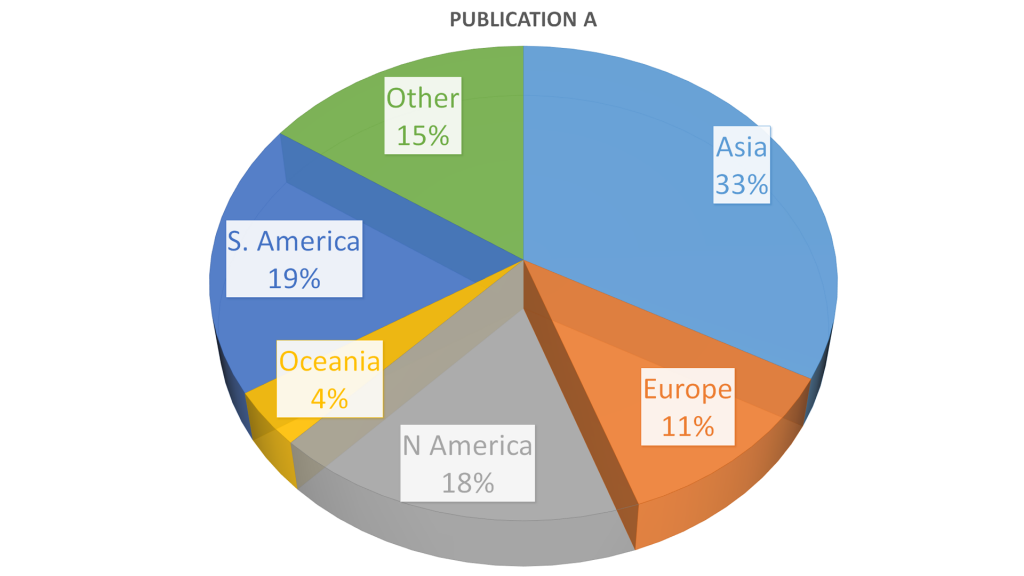
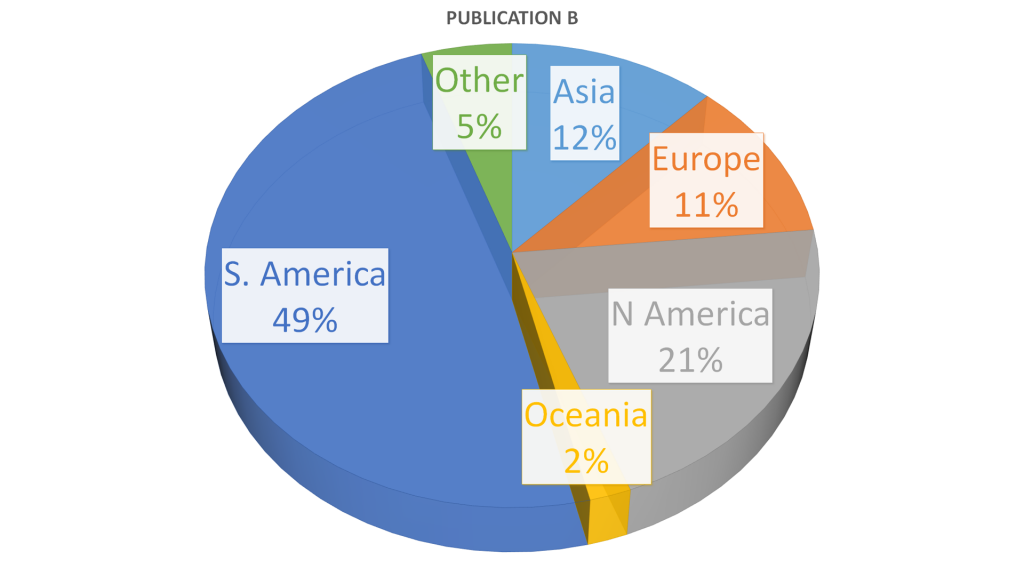
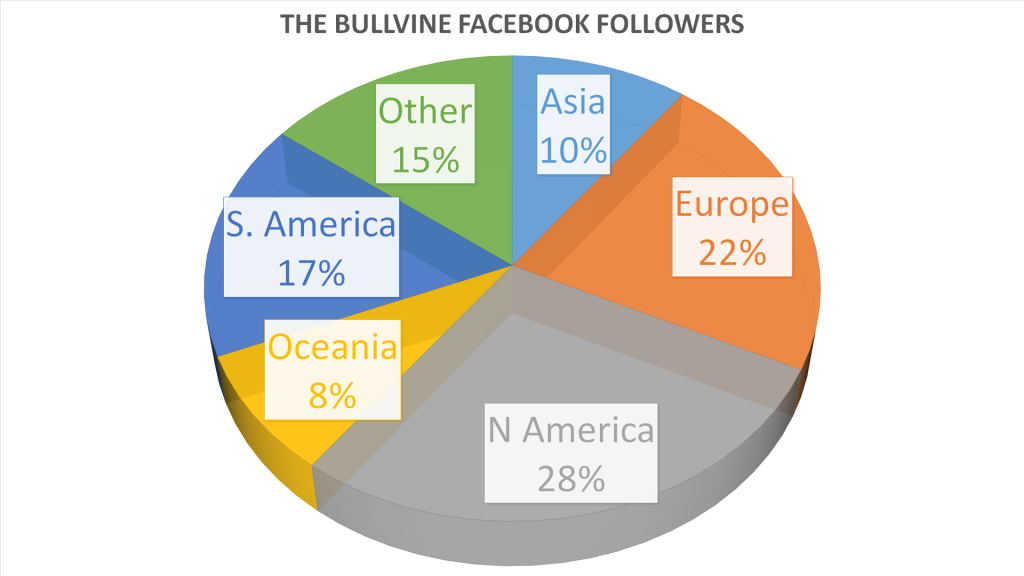
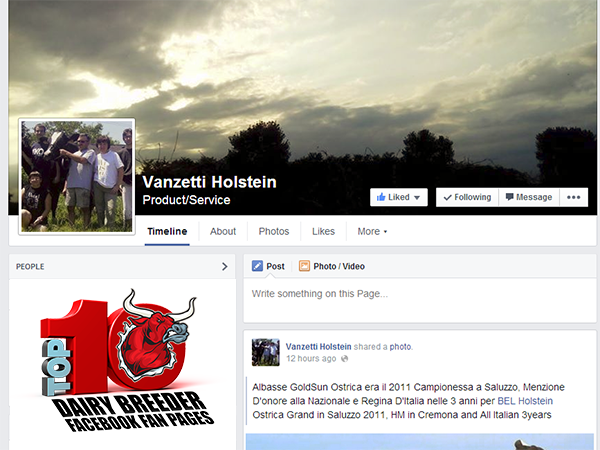
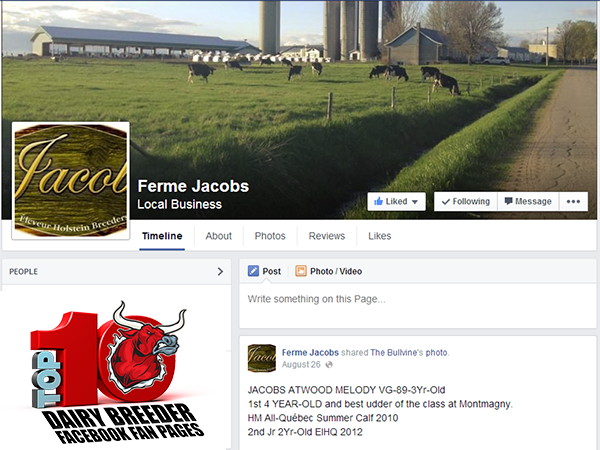
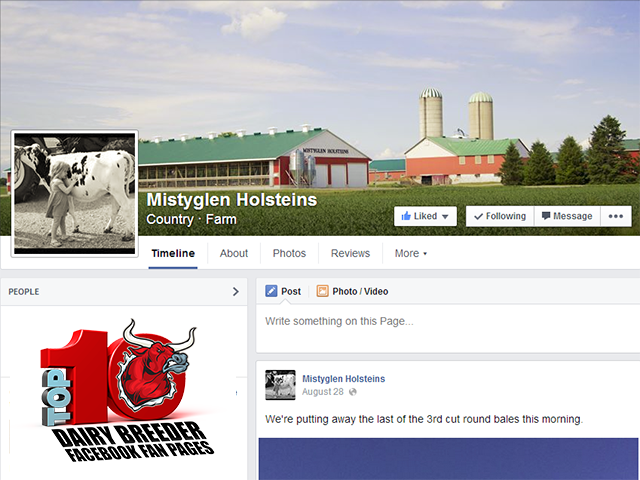
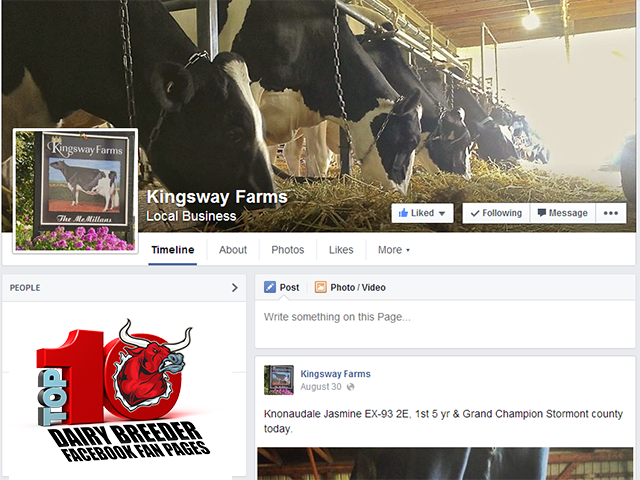
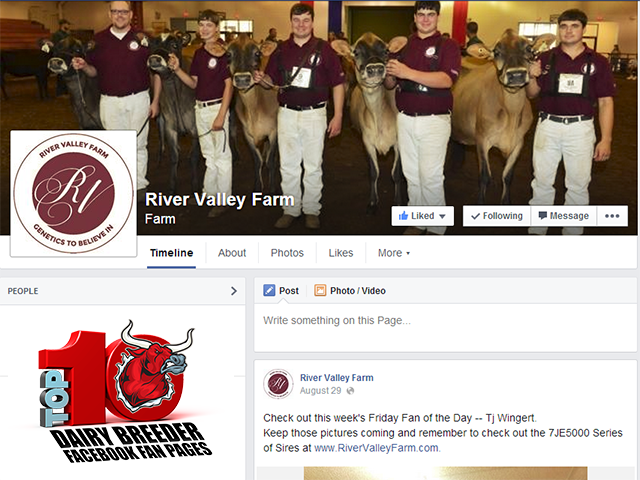
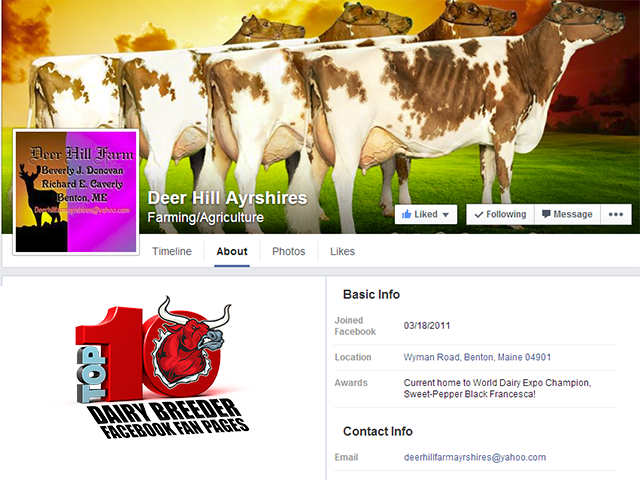
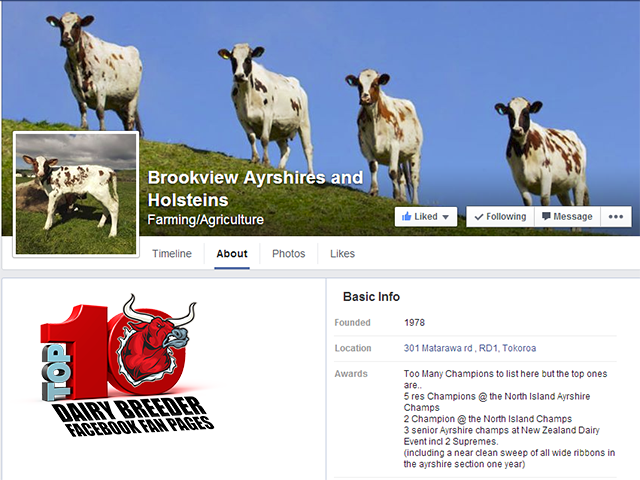
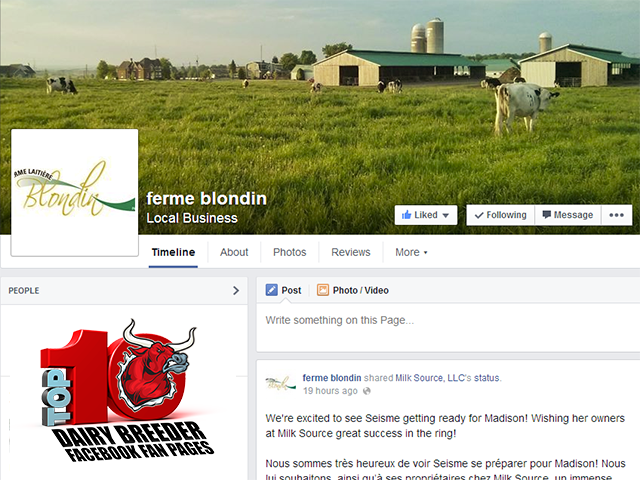
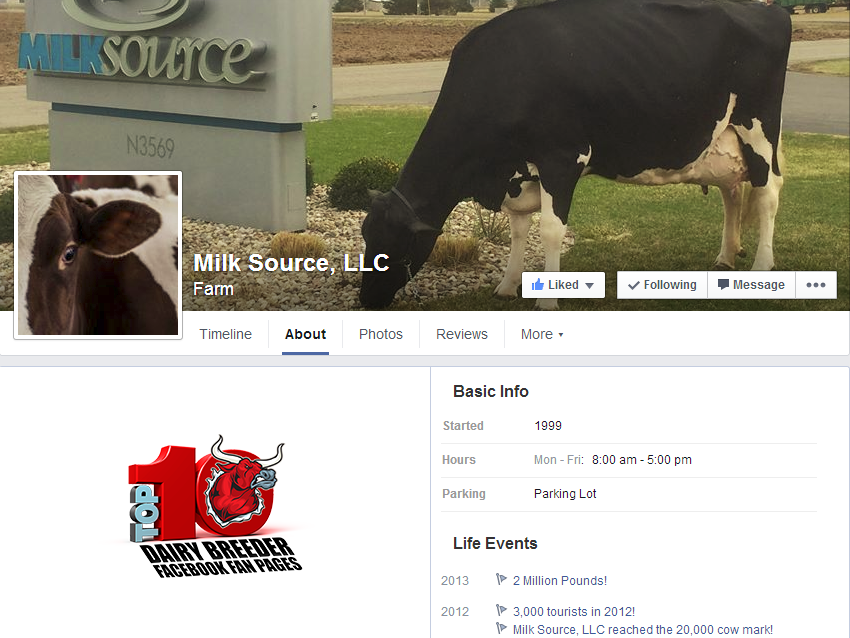
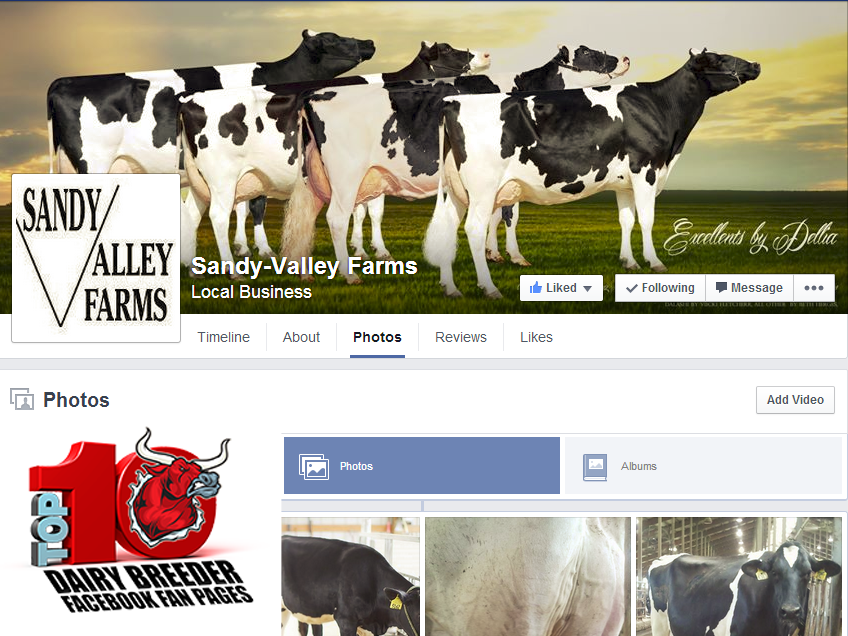
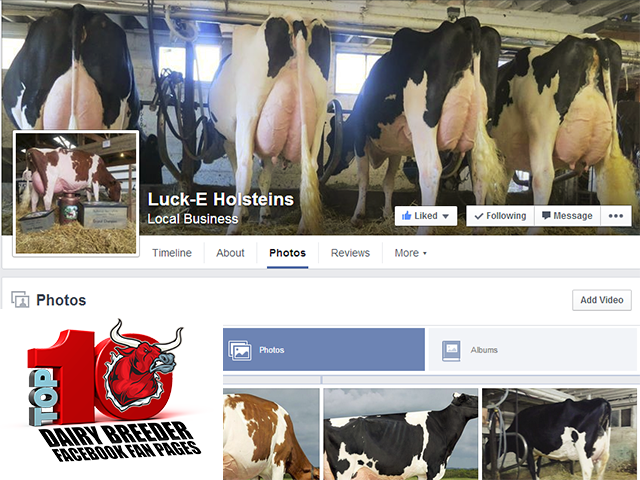

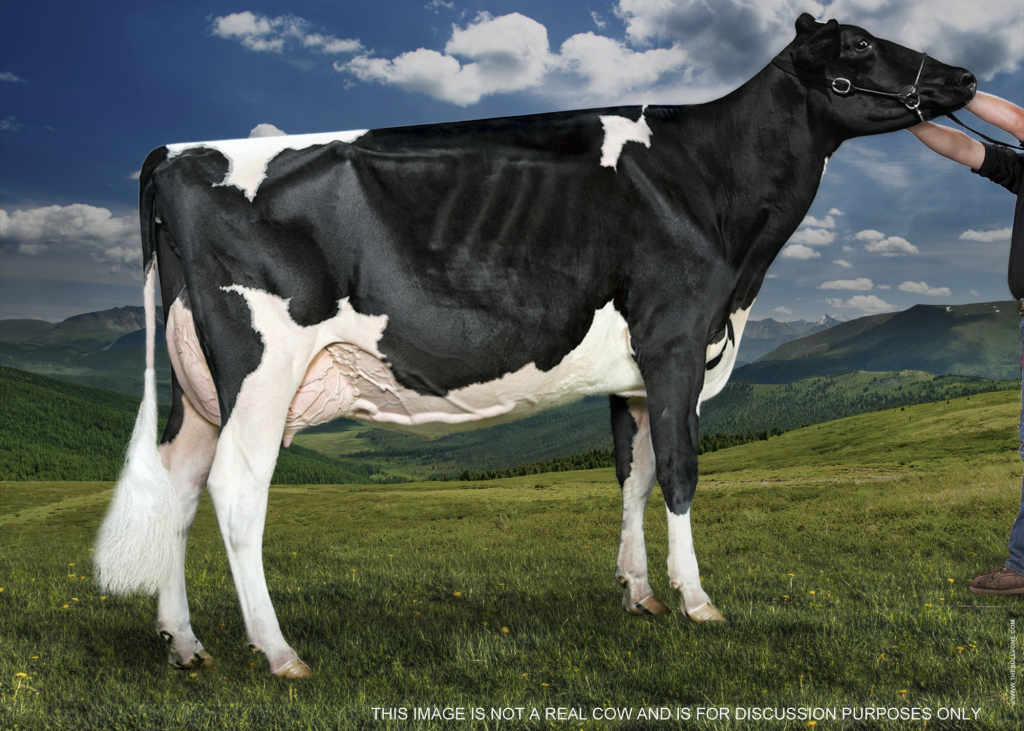
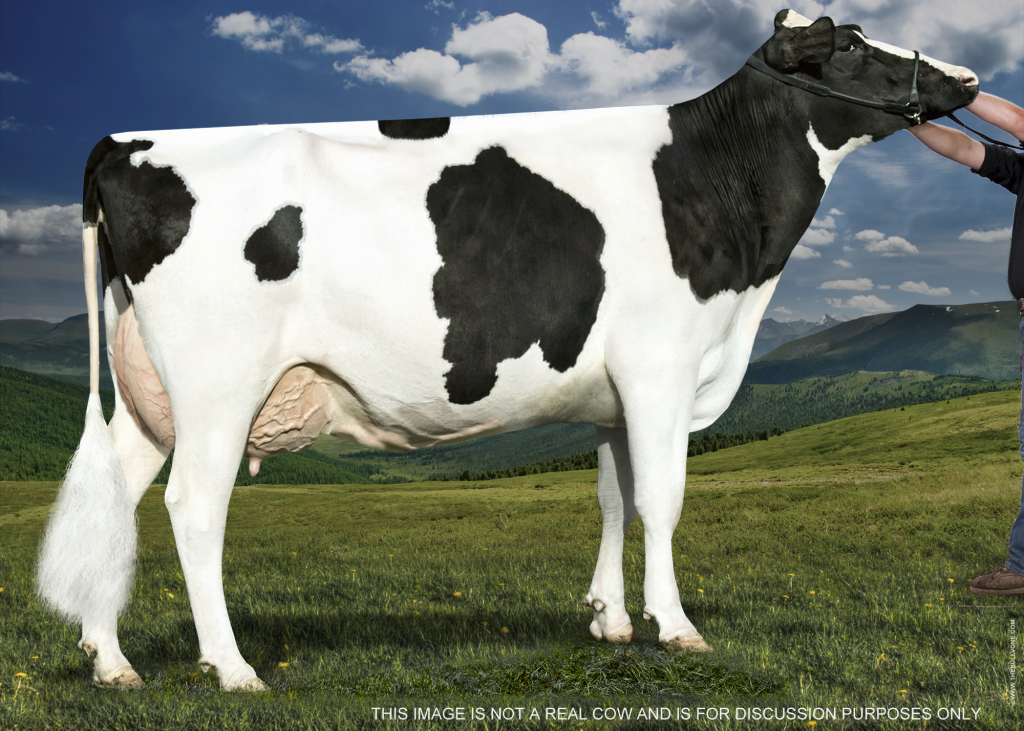
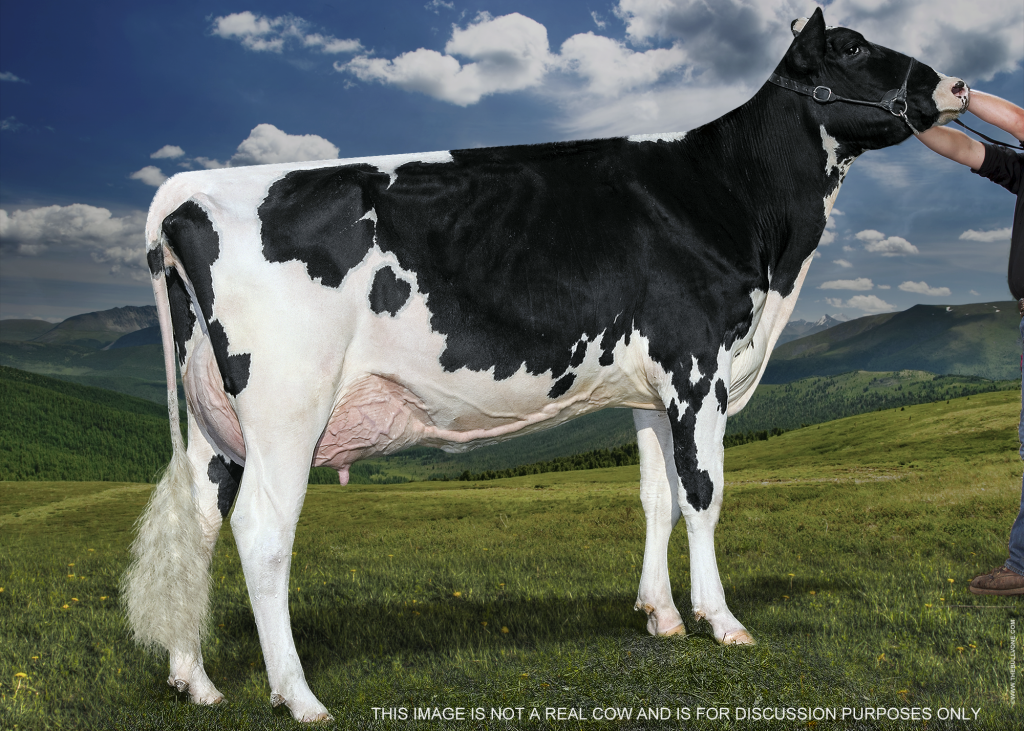

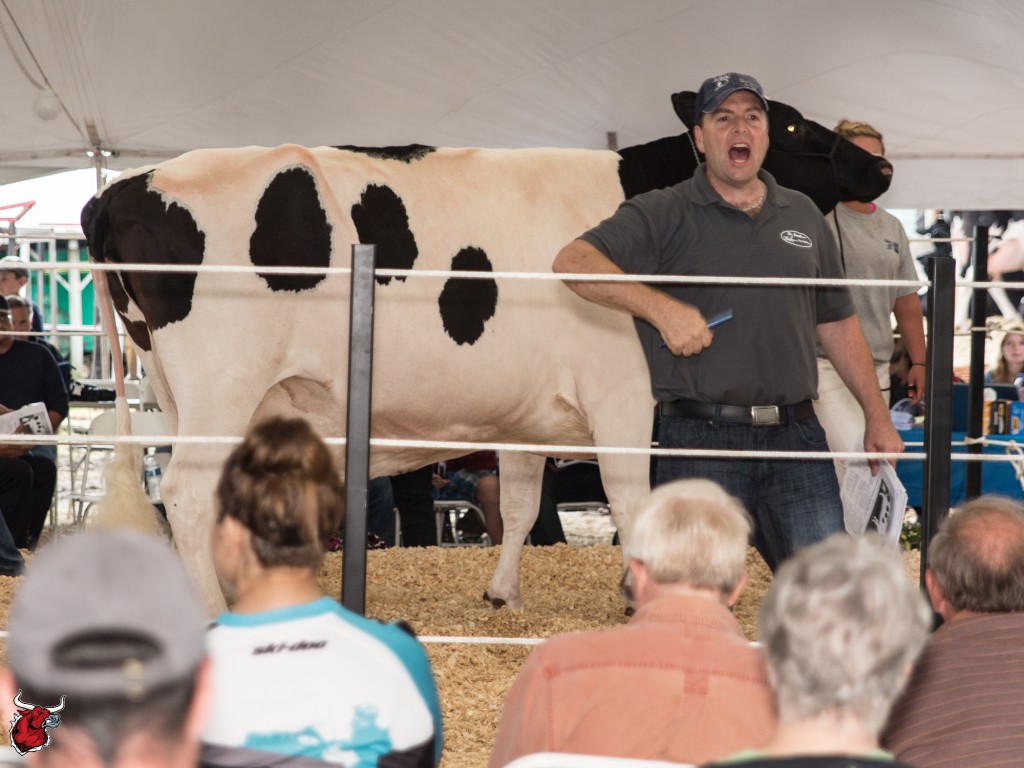

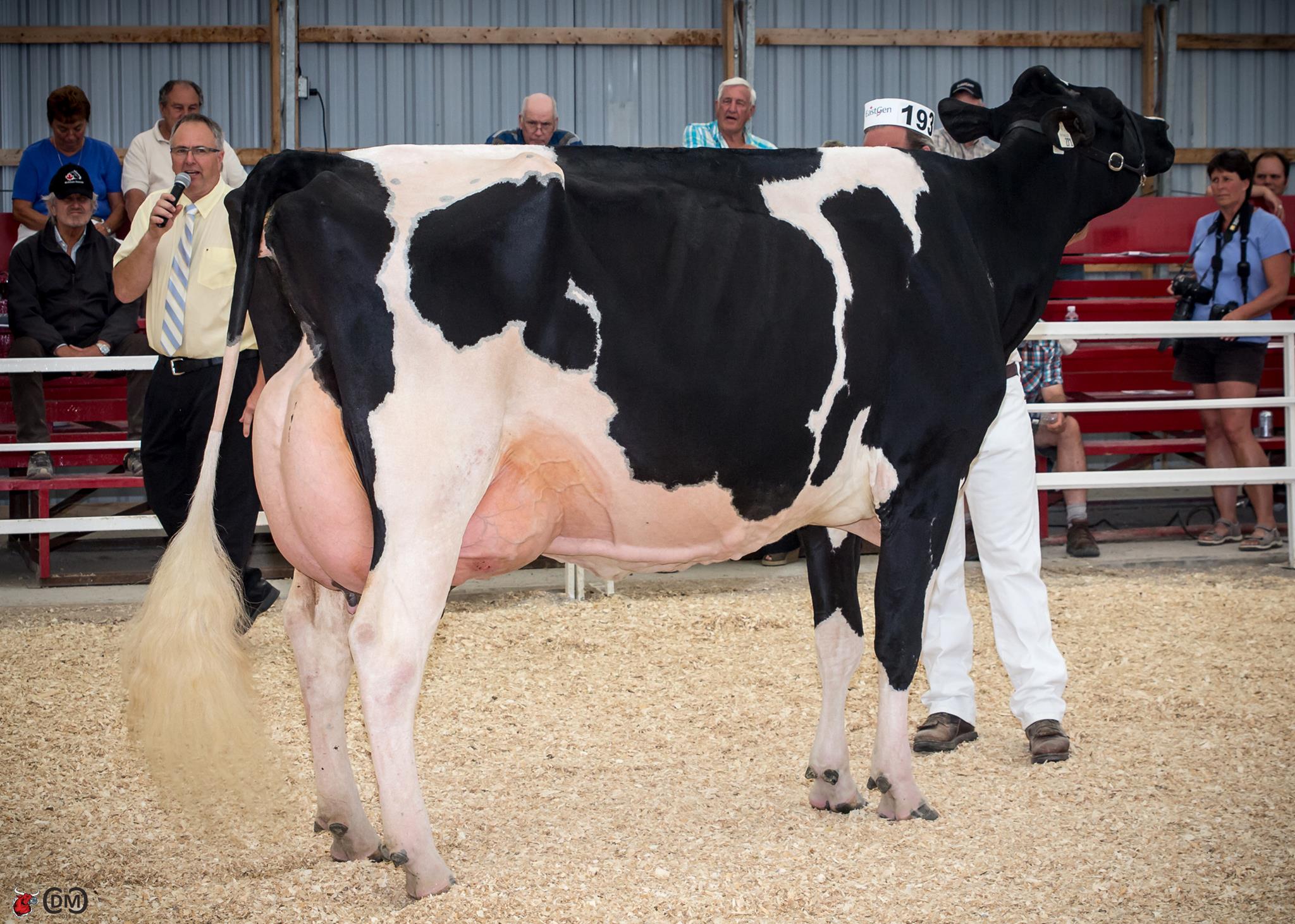
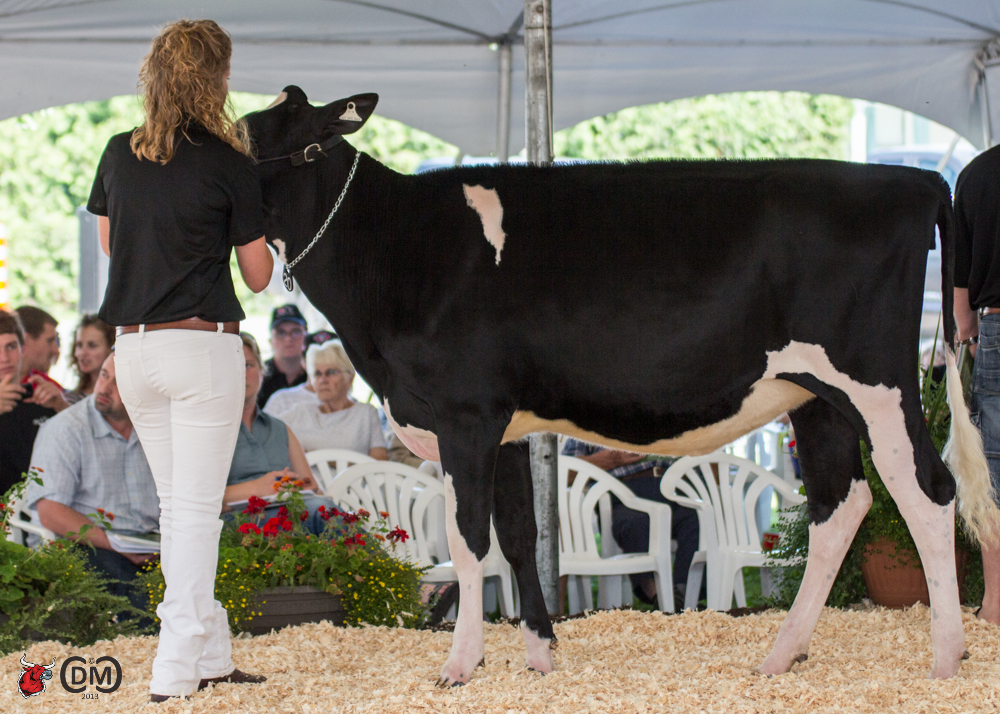
![sidney-crosby-alex-ovechkin-game-7[1]](https://www.thebullvine.com/wp-content/uploads/2013/05/sidney-crosby-alex-ovechkin-game-71.jpg) Due to the lockout of 2004-2005, Sidney Crosby and Alexander Ovechkin both entered the NHL in the same year. At the time there was great debate about who was going to be the better player. Since then the stats would tell you that Ovechkin has been the better investment. He has 371 goals, 365 assists for 735 points, whereas Crosby has had 238 goals, 427 assists for 665 points. However, sometimes numbers don’t tell the whole story. Even though Ovechkin has won more individual awards (Rookie of the Year, 2x NHL goal scoring leader, 2x most valuable player, vs. 1 MVP and 1 scoring title for Crosby), ask any NHL player which one is better and they would tell you that Crosby is by far. That is because Crosby not only puts up numbers himself but he also makes the players around him raise their level of play. For example, before playing on a line with Crosby, Chris Kunitz highest goal total was 26 in an 82 game season. This year, playing with Crosby he had 22 in the shortened 48 game season. That is an almost 50% increase. This outstanding ability to inspire others around him has resulted in Crosby having played more playoff games than Ovechkin and has already won a Stanley Cup in his career.
Due to the lockout of 2004-2005, Sidney Crosby and Alexander Ovechkin both entered the NHL in the same year. At the time there was great debate about who was going to be the better player. Since then the stats would tell you that Ovechkin has been the better investment. He has 371 goals, 365 assists for 735 points, whereas Crosby has had 238 goals, 427 assists for 665 points. However, sometimes numbers don’t tell the whole story. Even though Ovechkin has won more individual awards (Rookie of the Year, 2x NHL goal scoring leader, 2x most valuable player, vs. 1 MVP and 1 scoring title for Crosby), ask any NHL player which one is better and they would tell you that Crosby is by far. That is because Crosby not only puts up numbers himself but he also makes the players around him raise their level of play. For example, before playing on a line with Crosby, Chris Kunitz highest goal total was 26 in an 82 game season. This year, playing with Crosby he had 22 in the shortened 48 game season. That is an almost 50% increase. This outstanding ability to inspire others around him has resulted in Crosby having played more playoff games than Ovechkin and has already won a Stanley Cup in his career.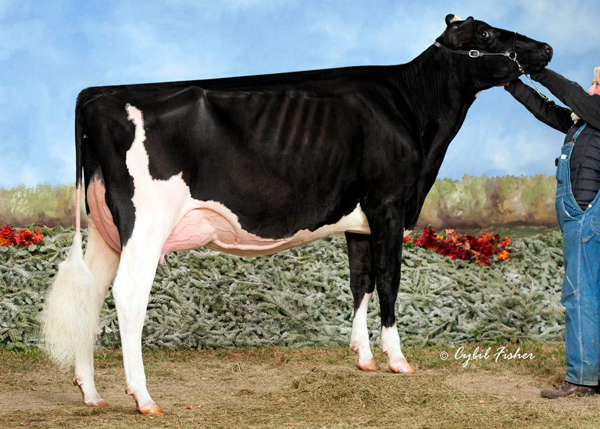

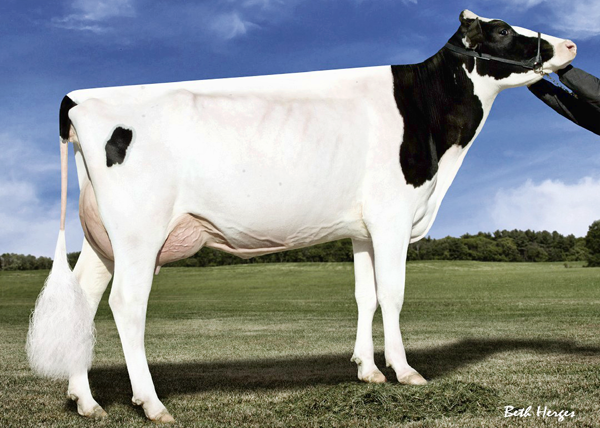
![7HO11781[1]](https://www.thebullvine.com/wp-content/uploads/2013/05/7HO117811.jpg)
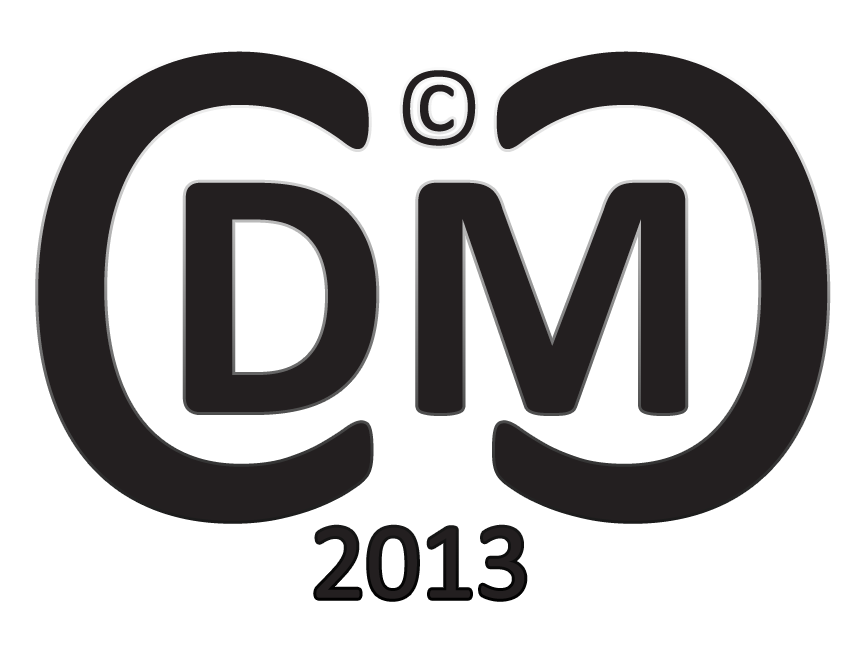
![bigpc[1]](https://www.thebullvine.com/wp-content/uploads/2013/04/bigpc1.gif)

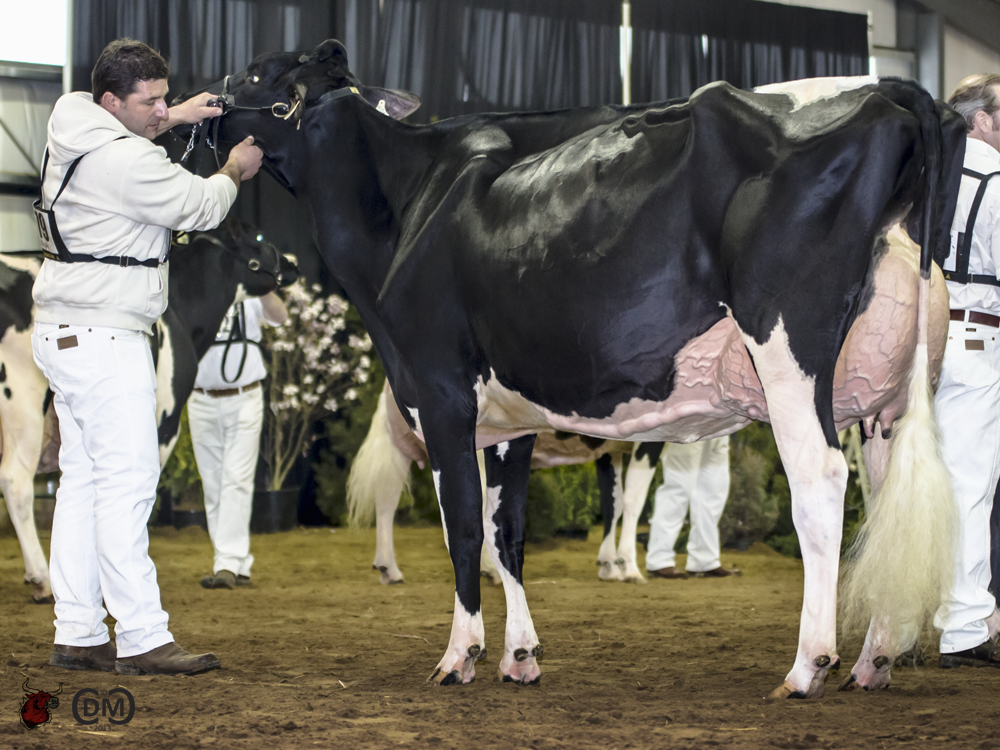

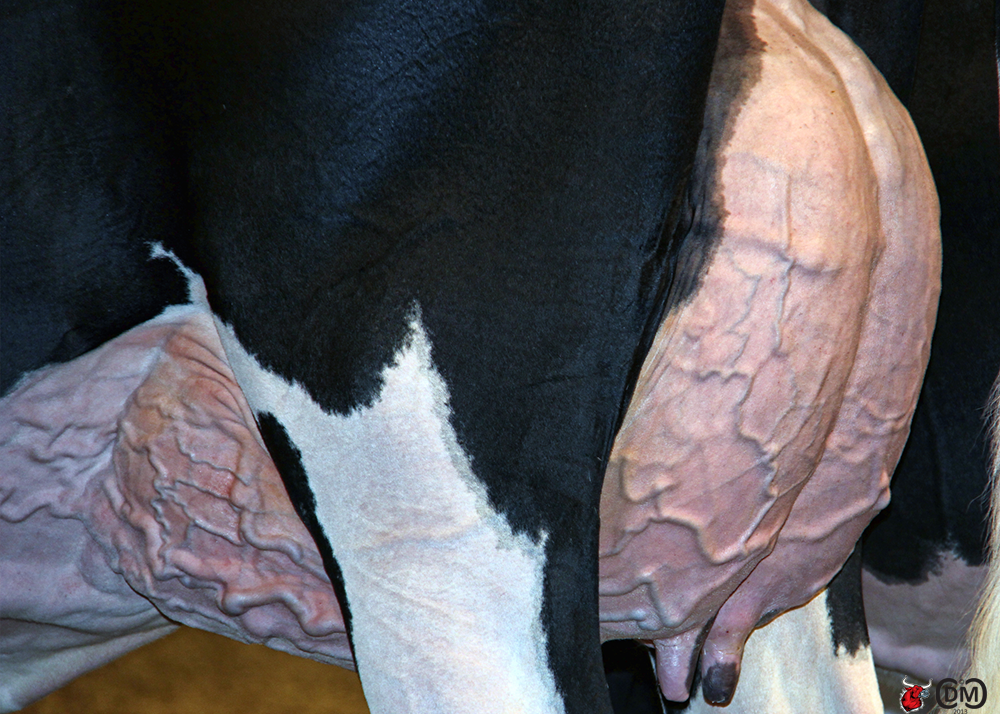
![billy-frey-ipad_jpg-400x286[1]](https://www.thebullvine.com/wp-content/uploads/2013/03/billy-frey-ipad_jpg-400x2861.jpg) The timing was right for Frey who had graduated from Centre College in 1998 with a degree in International Economics. He outlines his career path, “From there I worked in a bank. The banking business didn’t enthuse me so I applied for a job with this international animal health company called Alltech. I had never heard of it, but after interviewing, seeing the marketing philosophy, etc, I realized that this is something that I could get into. I’ve been with Alltech for 14 years. When I started we were an $85M company with about 500 people. Now, we should hit about $800M in annual sales with 3000 employees.”
The timing was right for Frey who had graduated from Centre College in 1998 with a degree in International Economics. He outlines his career path, “From there I worked in a bank. The banking business didn’t enthuse me so I applied for a job with this international animal health company called Alltech. I had never heard of it, but after interviewing, seeing the marketing philosophy, etc, I realized that this is something that I could get into. I’ve been with Alltech for 14 years. When I started we were an $85M company with about 500 people. Now, we should hit about $800M in annual sales with 3000 employees.”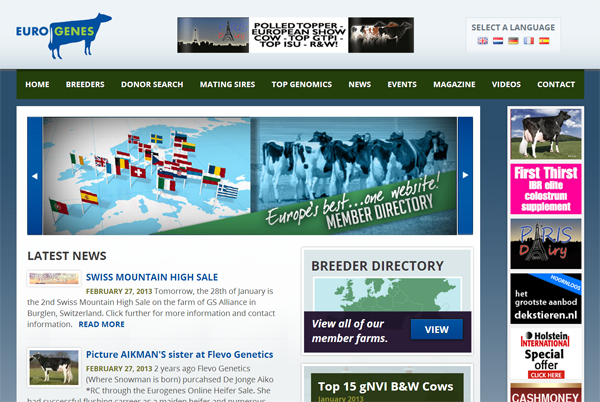
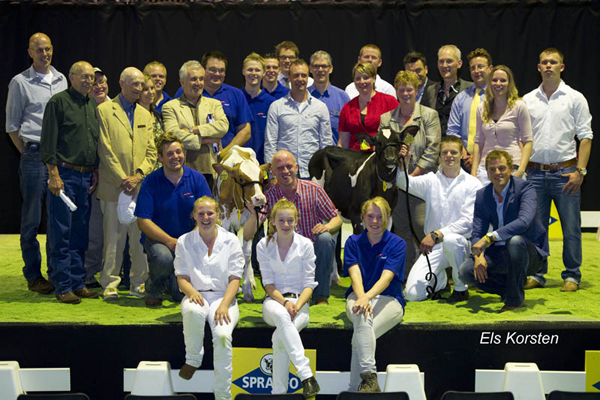
![magazine-hotspots-covers[1]](https://www.thebullvine.com/wp-content/uploads/2013/02/magazine-hotspots-covers1.png)
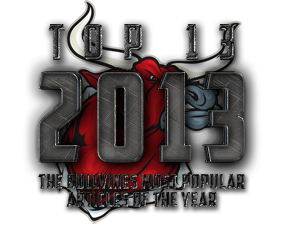
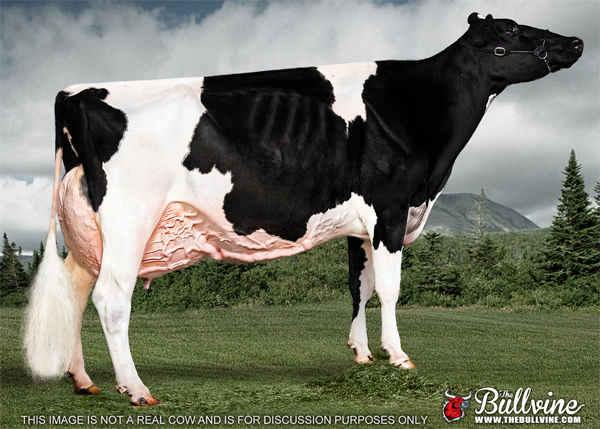
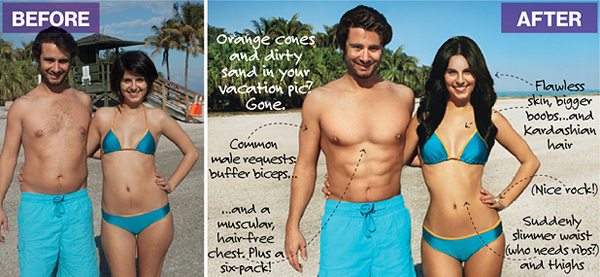
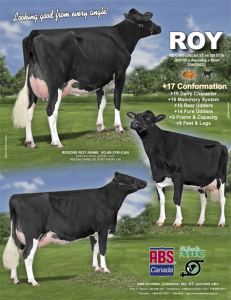
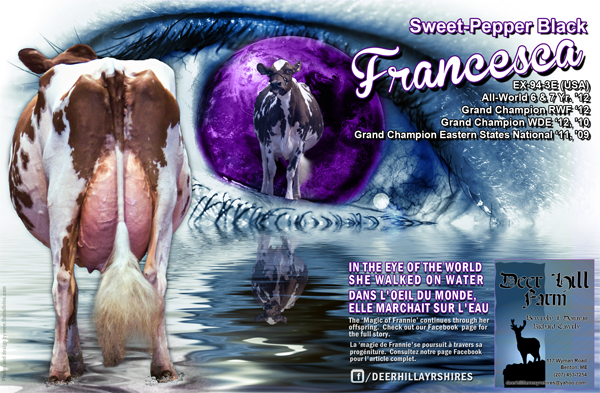
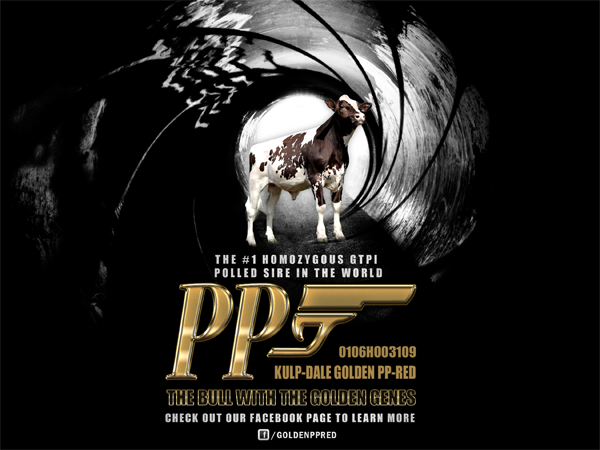
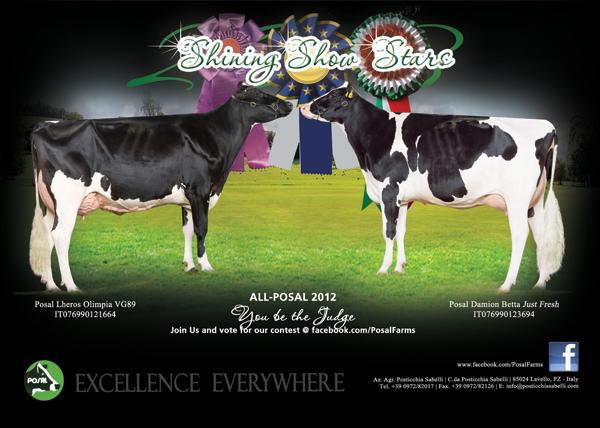
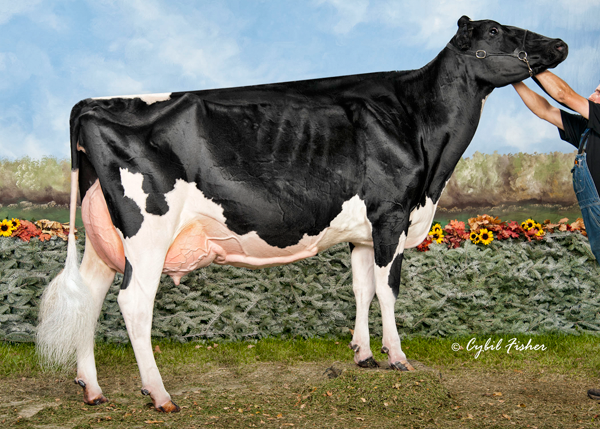
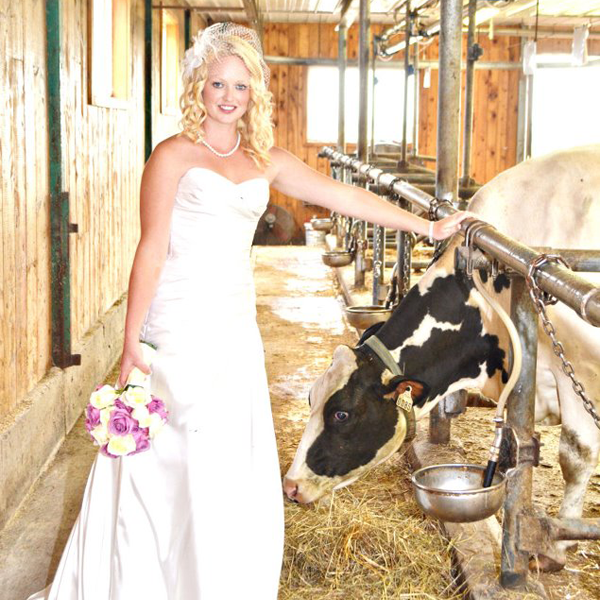
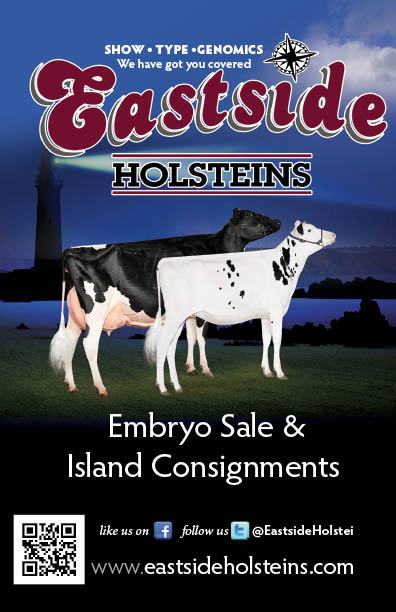
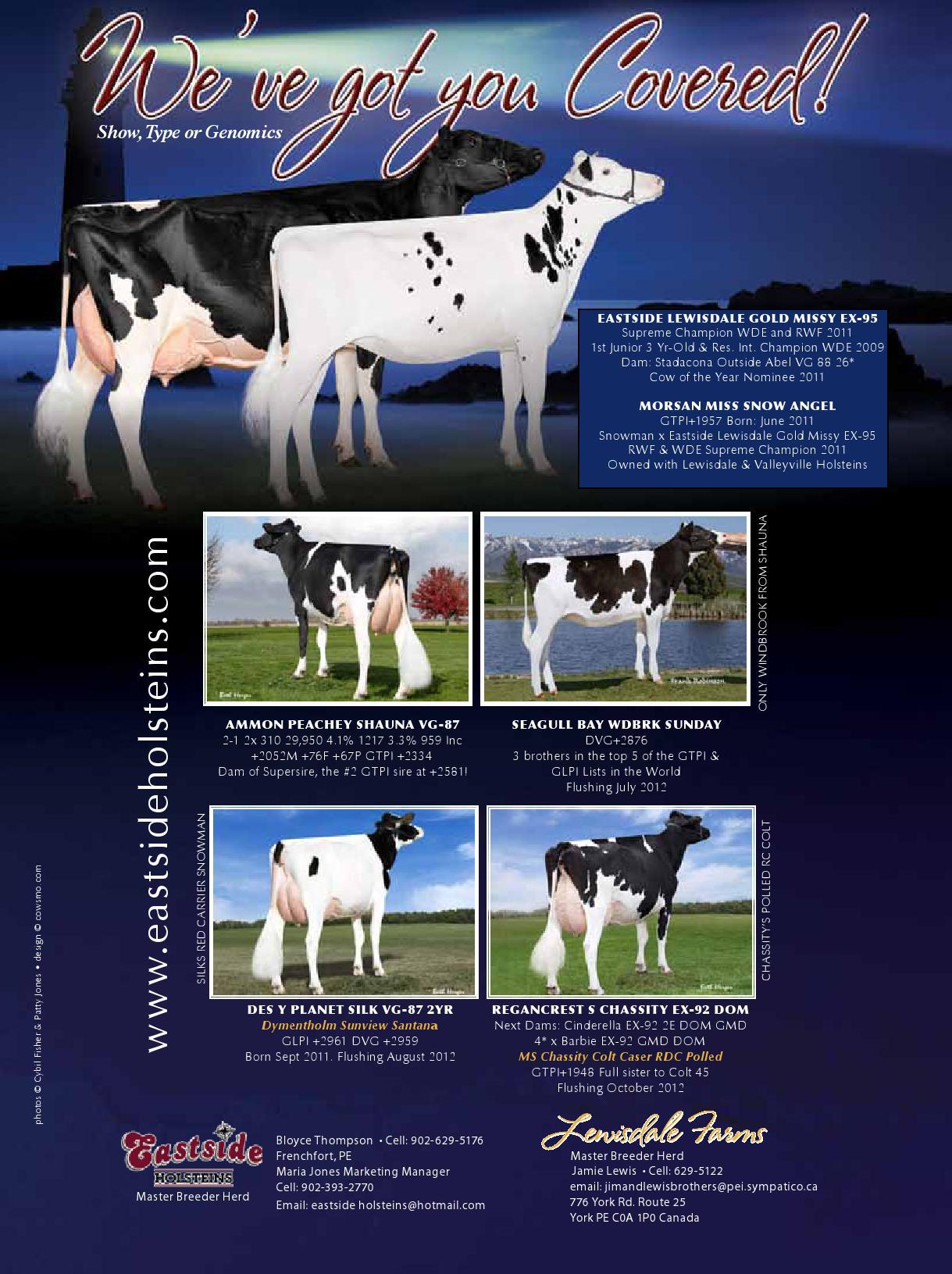
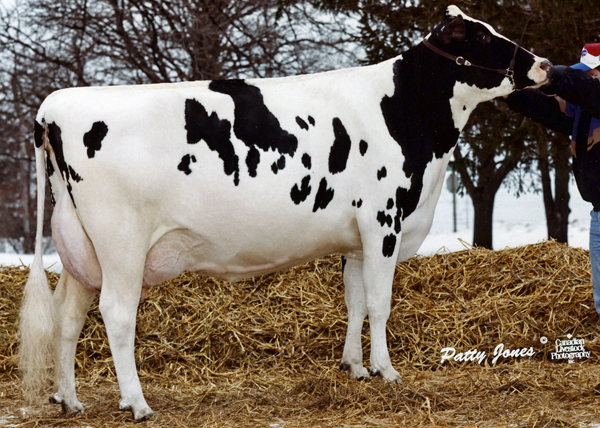
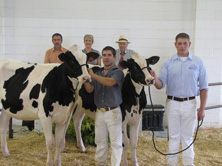
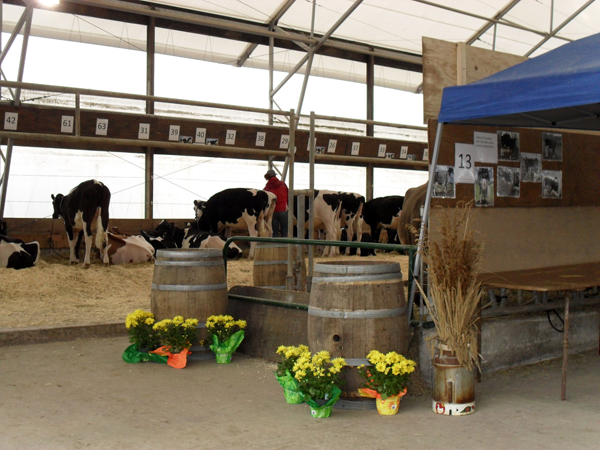
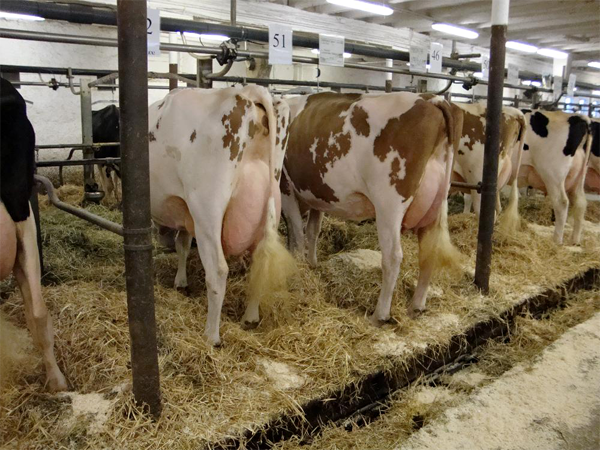

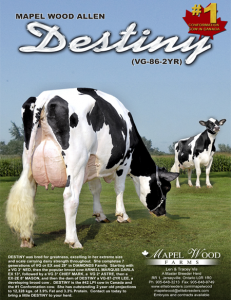 Space is at a premium for any print ad. How do you get your fellow breeder’s attention when working with such little room? With so much to say and so little room many breeders try to cram in as much text as possible and as many different animals as they can. White space is also an important element to include in your ad. White space is essentially empty space. While it may seem to be a waste of precious space in so small an area, white space actually will make your ad clearer and more easily understood. Remember that, although you are trying to squeeze in all your information, a solid block of text won’t be read at all. Plus, if your ad is clean and uncluttered, it will literally jump off the page when it’s surrounded by ads that are not.
Space is at a premium for any print ad. How do you get your fellow breeder’s attention when working with such little room? With so much to say and so little room many breeders try to cram in as much text as possible and as many different animals as they can. White space is also an important element to include in your ad. White space is essentially empty space. While it may seem to be a waste of precious space in so small an area, white space actually will make your ad clearer and more easily understood. Remember that, although you are trying to squeeze in all your information, a solid block of text won’t be read at all. Plus, if your ad is clean and uncluttered, it will literally jump off the page when it’s surrounded by ads that are not.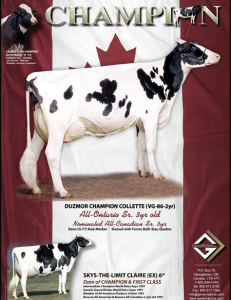 Balancing Act
Balancing Act